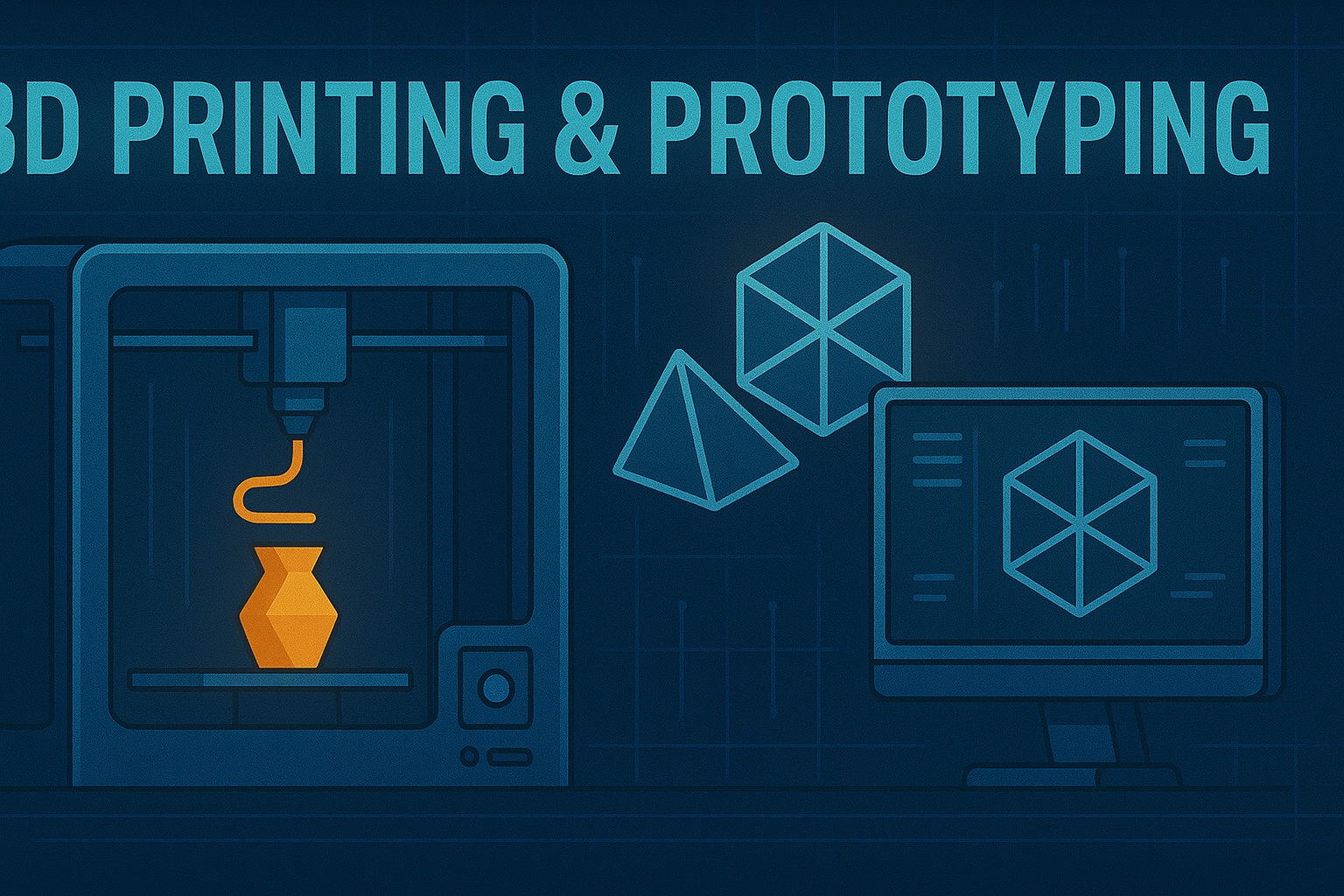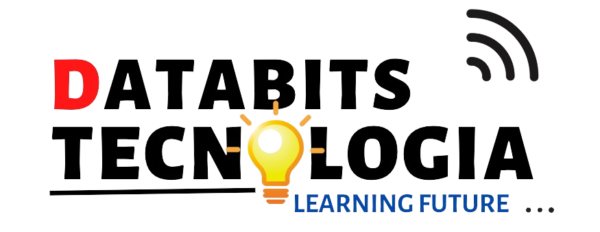
About Course
The 3D Printing and Prototyping course focuses on introducing students to the rapidly evolving world of additive manufacturing technologies. The course is designed to teach students how to design and create prototypes and end-use products using 3D printing techniques. It covers the entire process from conceptualization, CAD (Computer-Aided Design) modeling, 3D printing technologies, and materials selection to post-processing and testing of prototypes.
3D printing is a game-changer in fields like product design, engineering, healthcare, and manufacturing, offering a way to produce complex geometries with minimal waste and cost. The course emphasizes the skills needed to leverage 3D printing in prototyping, product development, and digital fabrication for various industries.
Course Content
Module 1: Introduction to 3D Printing
-
Overview of 3D printing and additive manufacturing
-
History and evolution of 3D printing technologies
-
Types of 3D printing methods: FDM, SLA, SLS, DLP, and more
-
Advantages and limitations of 3D printing in prototyping
-
Applications of 3D printing across industries
